Walking into a bookstore, I used to only glance at the nonfiction sections on my way to devour fiction, romance, poetry, etc. I thought that past the middle-grade level, nonfiction became a pretentious, difficult-to-read genre only meant for class assignments and hyperfixations. That was until last semester — when the stars aligned and my professors began assigning me what I refer to as “down-to-earth” nonfiction.
Down-to-earth nonfiction is any nonfiction book that still prioritizes formulating interesting, engaging, and cohesive narratives rather than simply exploring an idea in formal, widely inaccessible language in which your average reader spends approximately 30 minutes trying to understand a single sentence.
Growing up, one of my best friends hated fiction. She found it too suspenseful and preferred to pour over theory, which I found completely indigestible. She always wanted me to join her, but it was hard to convince myself to read those books in my free time — particularly as I wanted to read the things that made me insatiable for more, not the books that made me rethink my decision to keep reading after every word. I associated theory and nonfiction with boredom and frustration, and I cut myself off from that area of the literary world.
However, I have always had a penchant for history, and last spring I decided I wanted to explore Carnegie Mellon’s Global Studies program. Through this department, with special credit to Professor Emanuela Grama, I was introduced to a variety of compelling nonfiction that I absolutely devoured. Books like Chip Colwell’s “Plundered Skulls and Stolen Spirits” or Lauret Savoy’s “Trace” are not merely nonfiction investigations into history, but deeply intimate portraits of their narrators who uncover and analyze both various truths about the world and the consequences of those truths.
These books are both informative and deeply moving as they allow readers to actually connect with history. Additionally, they are written with language that is much more accessible than what is typically ascribed to nonfiction, allowing your average Joe to engage with discussions previously reserved for “elite” academics. These stories manage to be both scholarly and easily readable — a major feat for the genre.
Of course, there is nothing wrong with fiction, and this is not meant to disparage fiction’s immense contributions or to say that reading silly little books for fun is “less than.” But, this is to say that I am encouraged by nonfiction that attempts to connect with a wider audience and makes information accessible. When information is humanized, it makes for more empathetic readers and communities. Literature has such power to connect with people — power that is often lost by the desire to be perceived as scholarly. That is why “down-to-earth” nonfiction is so special: the genre manages to be full of academic, respected texts that are also readable and enjoyable.
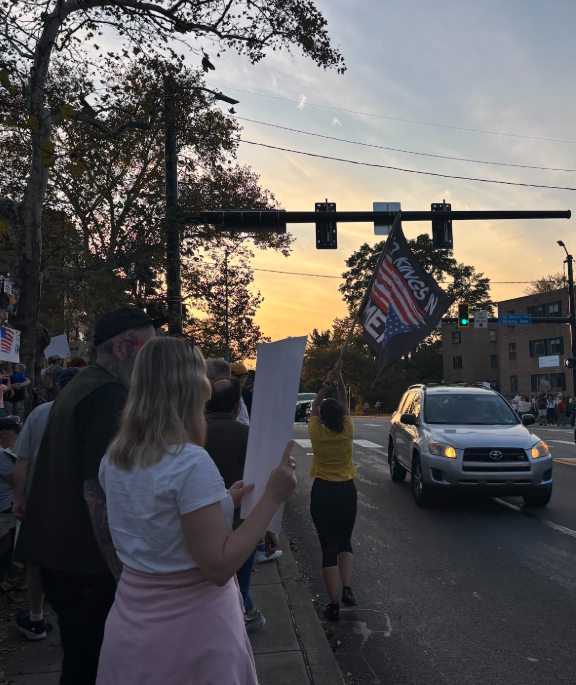
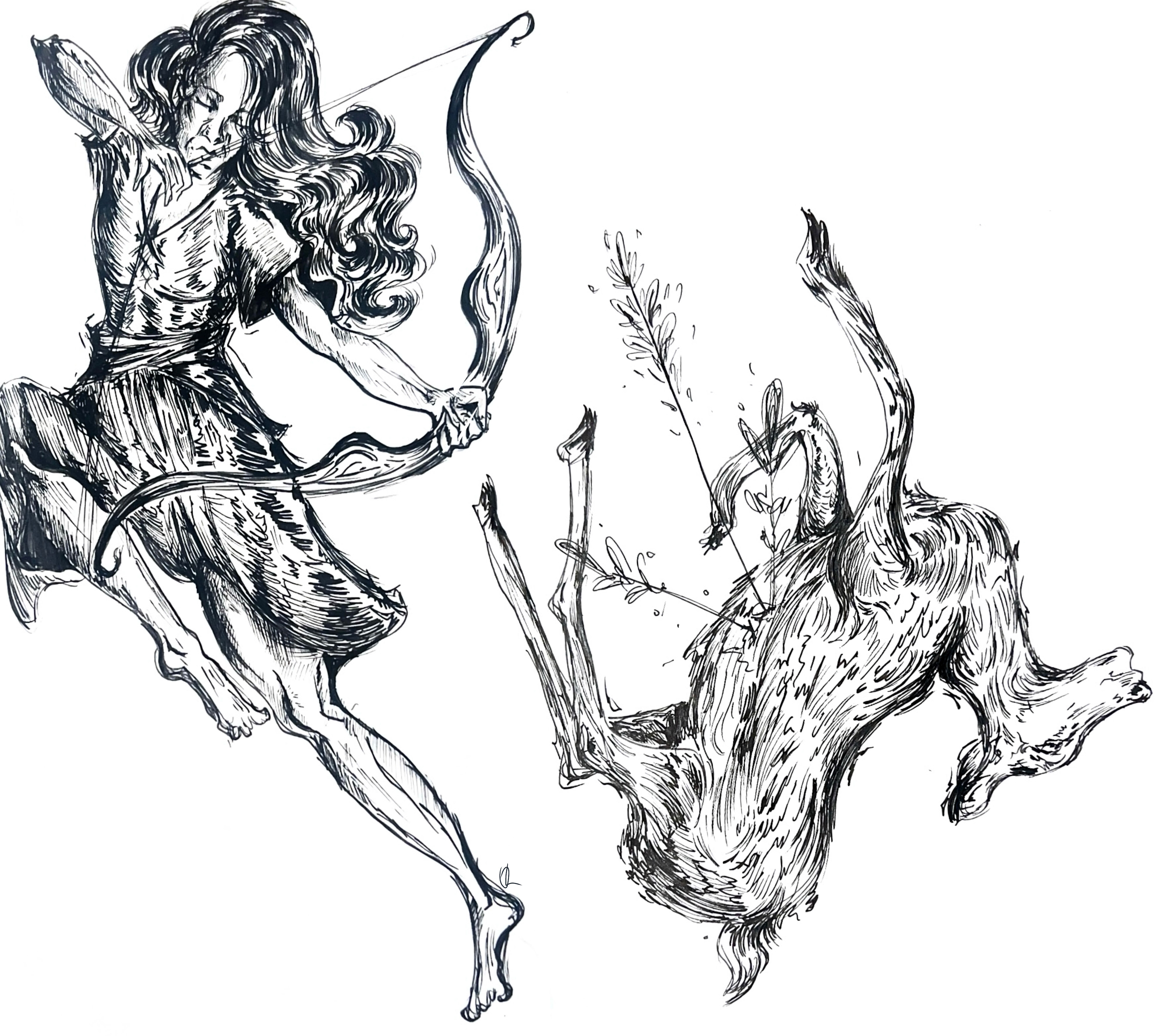

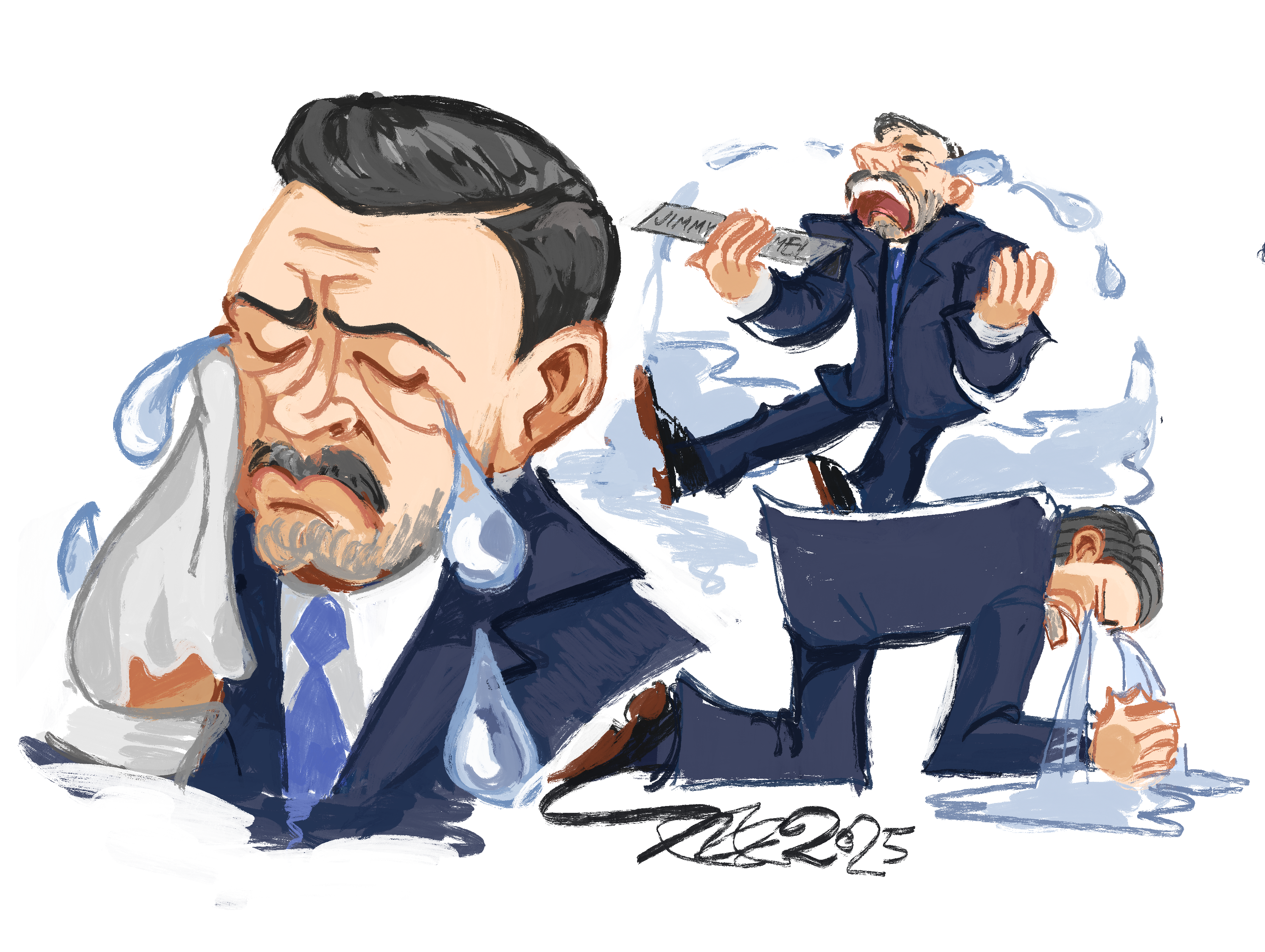

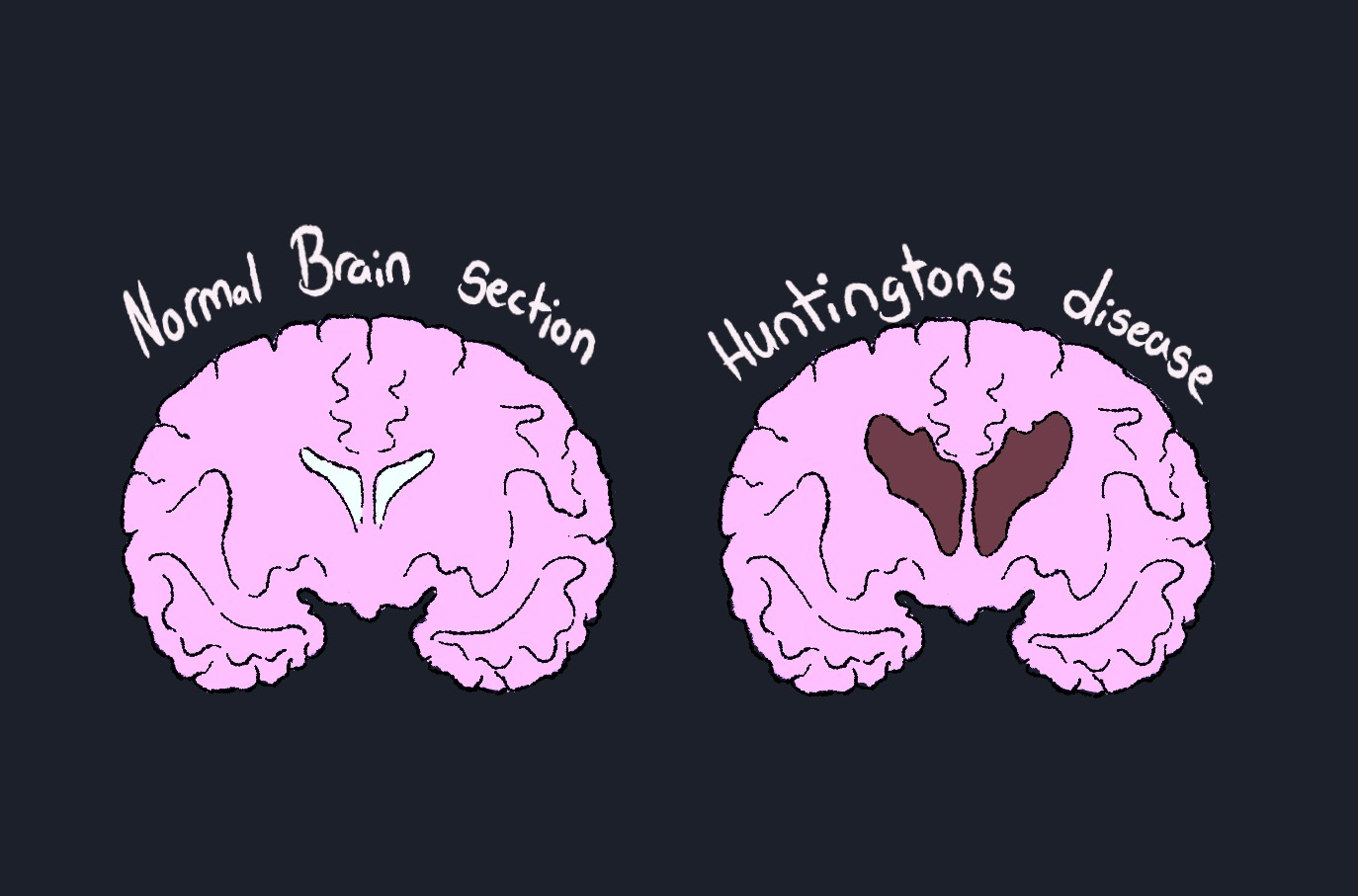
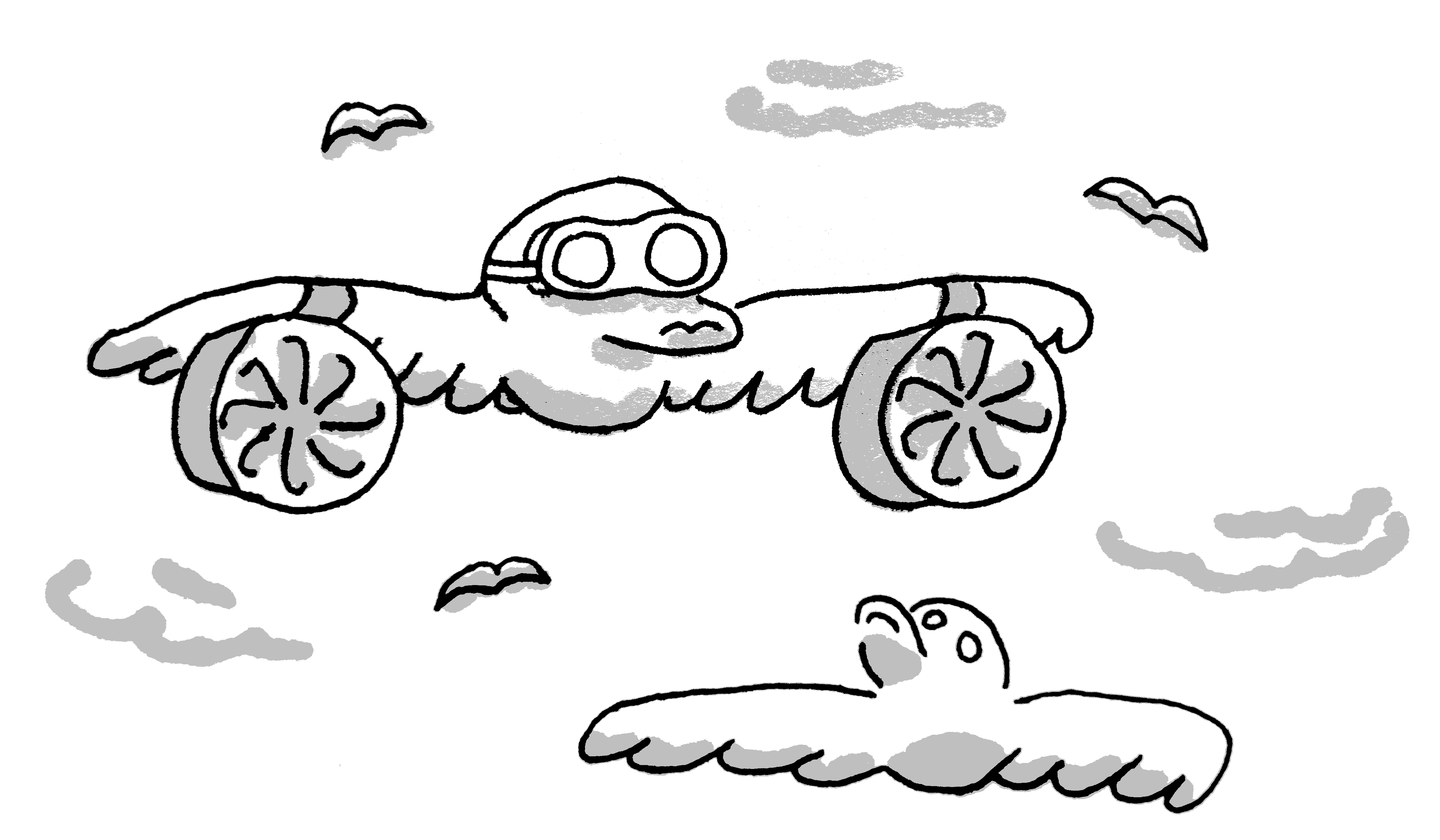
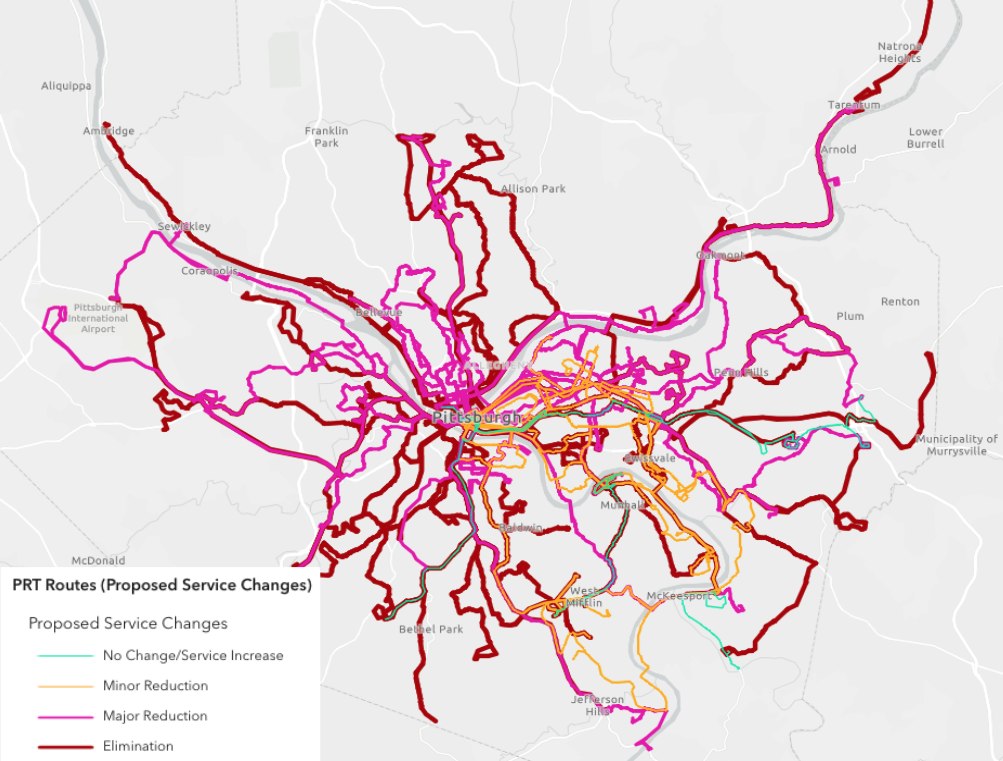
Leave a Reply